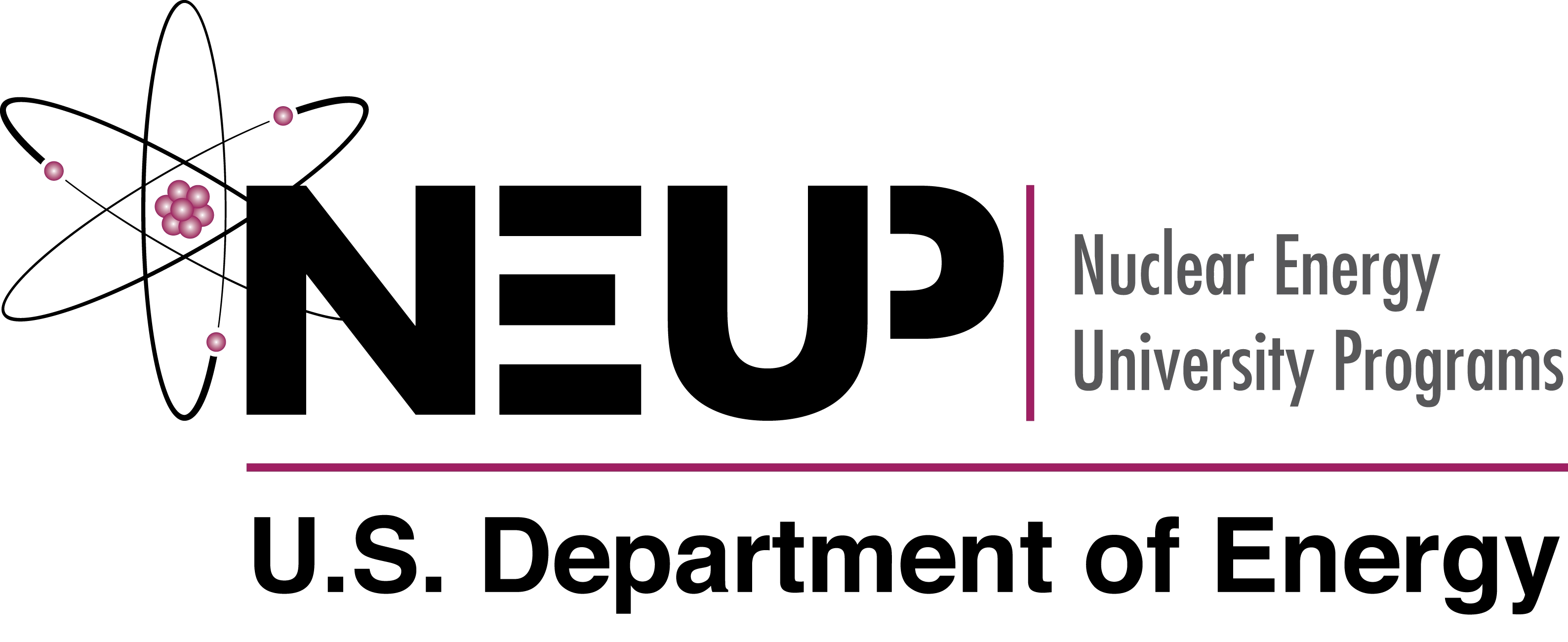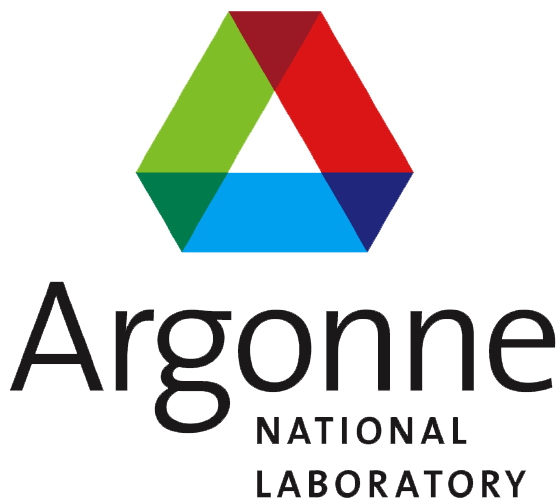CEP 5 - Archetype Development Best Practices¶
- CEP:
5
- Title:
Archetype Development Best Practices
- Last-Modified:
2014-06-29
- Author:
Matthew Gidden
- Status:
Deferred
- Type:
Process
- Created:
2014-06-29
Note
This CEP is looking for a champion.
Overview¶
As the archetype ecosystem begins to develop, an initial set of archetype development best practices need to be identified that both achieve the aims of fuel cycle simulation and analysis and encourage the continued proliferation of the ecosystem. This set of best practices should have general consensus among both kernel and archetype developers, it should be documented, and the best practices should be used in code examples. This CEP could be a living document for some amount of time that is updated as additional best practices are identified.
A primary example of such a concern is archetype interaction implementation. One of the aims of Cyclus as a fuel cycle simulator is to provide a plug-and-play, modular platform. Accordingly, there is a desire for archetypes to actually be plug-and-playable. However, in an initial use case, archetype developers found the easiest archetype implementation to include explicit type identification.
Three interaction models have been identified:
Black Box - do not dynamically type check, requiring all interfaces be known at compile time (note that not even Cyclus currently is completely “black box” in this manner – the institution class type checks its children to access the facility’s
DecommissionAPI).Grey Box - dynamic type check can be performed only for Cyclus and Cyclus toolkit interfaces. To date this has been implemented using toolkit mixins with Cycamore agents.
White Box - dynamic type checking can be performed for any interface, specifically allowing special interactions between two archetype implementations.
A non-deferred version of this CEP will identify these interaction models and provide guidance for which models the use of which are considered a best practice.
Document History¶
This document is released under the CC-BY 3.0 license.





